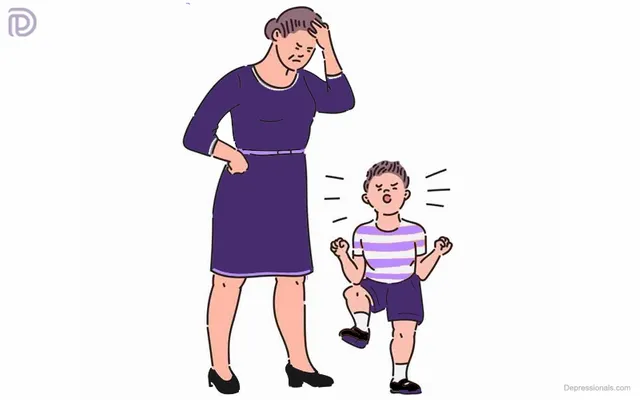Distinguishing Adolescents With Conduct Disorder

A sum of 60 male young people with CD maturing 14–15 years were enlisted from short term facilities associated with the Second Xiangya Hospital of the Central South University (Changsha, Hunan, China). Finding was set up by two experienced specialists utilizing the Structural Clinical Interview for DSM-IV-TR Axis I Disorder-Patient Edition (SCID-I/P) (First et al., 2002).
A HCs bunch was selected from the understudies in neighborhood center schools who elected to be met by similar specialists and to be exposed to SCID-I/P and the Chinese form of the Wechsler Intelligence Scale for Children (C-WISC) (Gong and Cai, 1993). At long last, 60 understudies who coordinated for age and sexual orientation of Conduct Disorder gathering were enrolled in the HCs bunch.
For all members, rejection models were as per the following: history of ADHD, oppositional resistant confusion (ODD), any mental or enthusiastic issue, any inescapable formative or ongoing neurological problem, Tourette's condition, post-horrendous pressure issue, over the top habitual issue, tenacious migraines, head injury, liquor or substance maltreatment in the previous year; contraindications to MRI; or an IQ ≤ 80 on the C-WISC (Zhang et al., 2014).
All subjects were correct given by the Edinburgh Handedness Inventory (Oldfield, 1971). Since impulsivity and animosity were noticeable highlights of CD, the Barratt Impulsiveness Scale (BIS) was utilized to survey these attributes (Yao et al., 2007).
The review was endorsed by each school's organization and the Ethics Committee of the Second Xiangya Hospital of Central South University (No. CSMC-2009S167). All subjects and their folks were educated regarding the review's motivation and marked the educated assent.
X-ray Acquisition
For every member, high-goal underlying T1-weighted pictures were obtained utilizing a three-dimensional polarization arranged quick inclination reverberation (MPRAGE) succession on a 3T Philips Achieva scanner (Amsterdam, Netherlands) at the Second Xiangya Hospital.
The securing boundaries were: redundancy time = 8.5 ms, reverberation time = 3.7 ms, 180 cuts, cut thickness = 1 mm, obtaining grid = 256 × 256, field of view = 256 mm × 256 mm, flip point = 8°, picture voxel size = 1.0 mm × 1.0 mm × 1.0 mm. A standard head curl was utilized for radiofrequency transmission and gathering.